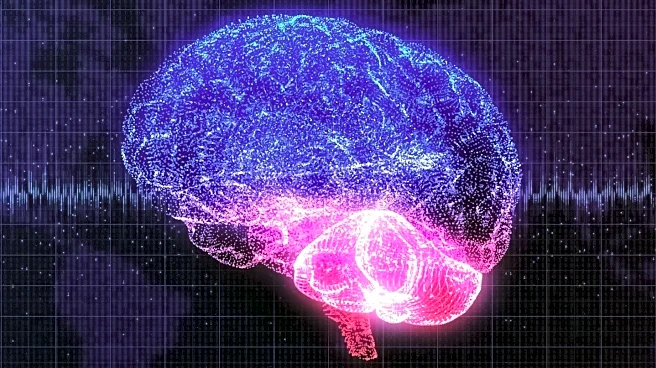Rapid Read • 7 min read
Researchers at the Medical University of Innsbruck have developed an innovative and cost-effective model for studying Alzheimer's and Parkinson's diseases. The new approach utilizes 'ring-inserts' that allow for the long-term culture and imaging of nerve cells directly in brain tissue. This advancement provides a new platform for drug testing, live-cell microscopy, and disease research. The team, led by Christian Humpel, PhD, demonstrated that cholinergic and dopaminergic neurons could survive on these inserts for at least two weeks. The 'ring-inserts' are designed to be a scalable and ethically responsible platform, offering a realistic tissue model combined with live cell imaging capabilities. This development is significant for understanding and treating complex brain disorders.
AD
The introduction of 'ring-inserts' represents a significant advancement in neuroscience research, particularly for neurodegenerative diseases like Alzheimer's and Parkinson's. These diseases affect millions globally, leading to severe cognitive decline and movement difficulties. The new model offers a cost-effective and ethical alternative to traditional animal testing, aligning with the 3R principle of reducing, refining, and replacing animal experiments. By enabling detailed study of living brain cells, this technology could accelerate the development of new therapies, potentially benefiting patients and reducing healthcare costs. The affordability and versatility of the 'ring-inserts' make them accessible for widespread research use.
The research team plans to explore further applications of the 'ring-inserts' beyond basic neuroscience. Potential uses include drug testing, genetic engineering, and high-resolution imaging techniques. The inserts could also be adapted for use with adult brain tissue or human samples, bringing laboratory models closer to real disease conditions. This could significantly impact the discovery of new treatments for Alzheimer's, Parkinson's, and related disorders. The ongoing development and application of this technology may transform how brain research is conducted, offering new insights and therapeutic possibilities.
AD
More Stories You Might Enjoy










